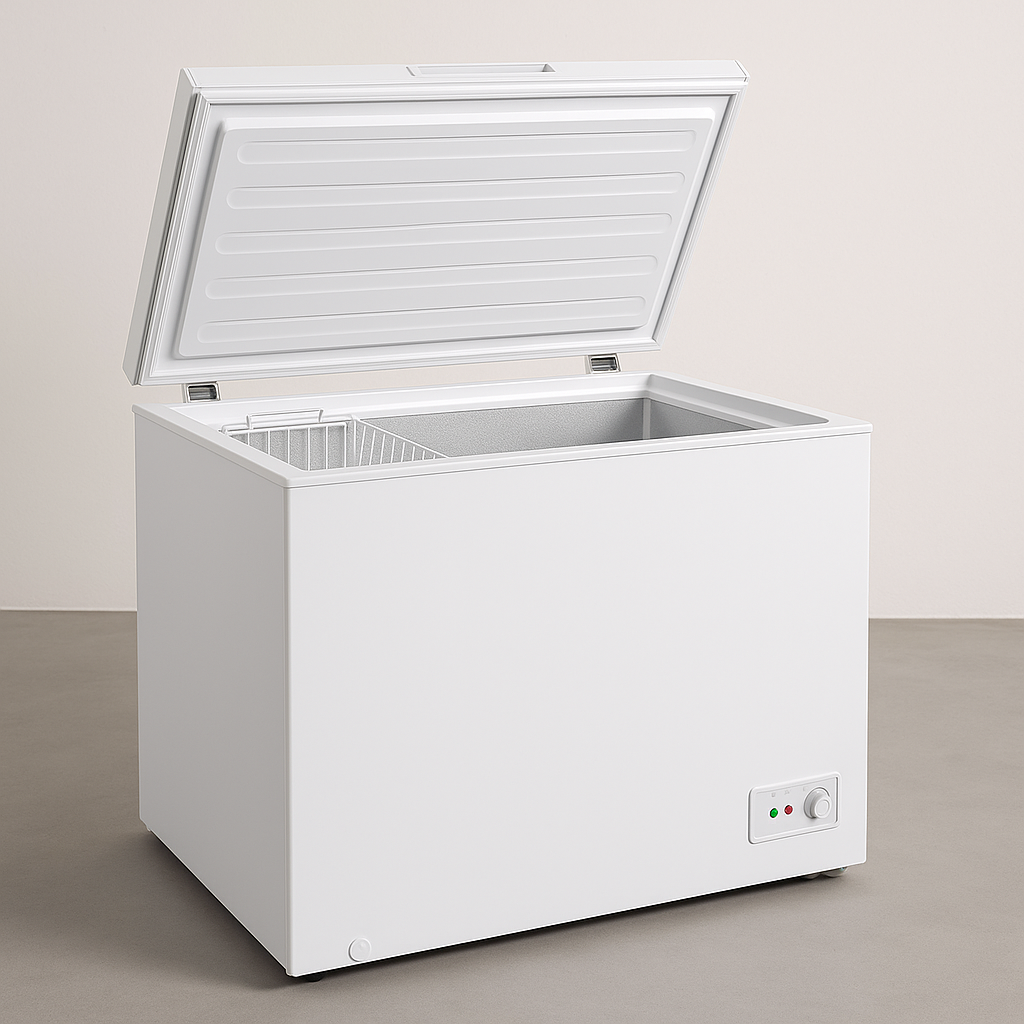Exploring the 0-Degree Zone in Refrigeration: A Comprehensive Test
Fridges are a staple in modern cooking areas, important for maintaining food quality and guaranteeing it lasts longer. One function that has amassed attention in the last few years is the 0-degree zone, typically promoted as an ideal option for saving meats, fish, and other perishables. However what does the 0-degree zone require, and is it truly reliable? In this article, we will delve into the idea of the refrigerator's 0-degree zone, conduct a thorough test of its capabilities, and address typical concerns surrounding this function.
What is a 0-Degree Zone?
A 0-degree zone refers to a specialized section within a refrigerator developed to keep a temperature level around 32 ° F(0 ° C). This temperature is optimal for keeping disposable items fresh without freezing them. While conventional refrigeration operates at somewhat above freezing temperature levels (typically in between 32 ° F and 40 ° F ), the 0-degree zone intends to extend the freshness of products that are more vulnerable to putridity.
Key Benefits of the 0-Degree Zone
- Extended Freshness: Ideal for saving meats and fish, the cold temperature level can assist decrease bacterial growth.
- Protected Quality: Fruits and vegetables can maintain their texture and taste longer when kept at this optimal temperature level.
- Minimized Spoilage: Prevents freezer burn for products that are traditionally stored in routine freezer compartments.
The Test: Evaluating Refrigerator 0-Degree Zones
To examine the effectiveness of the 0-degree zone, a variety of refrigerators, equipped with this feature, were checked for their performance over a two-week duration. Kleiner Gefrierschrank Mit 3 Schubladen Günstig Online Bestellen saved in this section were kept an eye on, consisting of beef, chicken, fish, fruits, and vegetables. Here's a breakdown of the approach and results.
Test Methodology
- Refrigerators Selected: Five different designs including 0-degree zones.
- Items Stored:
- Ground beef
- Chicken breasts
- Salmon fillets
- Strawberries
- Carrots
- Temperature level Monitoring: Internal temperatures were logged daily utilizing exact thermometers put in the 0-degree zone.
- Quality Assessment: At the end of the two-week period, visual assessments and taste tests were carried out.
Test Results
Table 1: Temperature Consistency Across 0-Degree Zones
| Refrigerator Model | Average Temperature ( ° F)Fluctuation Range ( ° F | |
|---|---|---|
| ) Model A | 32.5 | 31.0 to 34.0 |
| Model B | 31.8 | 30.0 to 33.0 |
| Design C | 32.2 | 31.5 to 34.5 |
| Design D | 32.0 | 31.0 to 33.5 |
| Model E | 30.5 | 29.5 to 31.5 |
Table 2: Quality Assessment of Food Items After Two Weeks
| Food Item | Refrigerator Model A | Design B | Model C | Design D | Model E |
|---|---|---|---|---|---|
| Ground Beef | Fresh | Fresh | Slightly Discolored | Spoiled | Spoiled |
| Chicken Breasts | Fresh | Fresh | Slightly Dry | Ruined | Spoiled |
| Salmon Fillets | Fresh | Fresh | Fresh | Slightly Dry | Spoiled |
| Strawberries | Fresh | Slightly Soft | Fresh | Ruined | Ruined |
| Carrots | Crisp | Crisp | Slightly Wilted | Soft | Spoiled |
Observations From the Test
- Temperature level Consistency: All evaluated fridges preserved temperatures near the preferred 0-degree mark. Nevertheless, Model A and Model B showed remarkable consistency with minimal change, making them more trustworthy for preserving food.
- Food Preservation: Items stored in Model A and Model B showed very little signs of spoilage, while those in Models D and E exhibited significant degeneration, especially the meat products.
- Wetness Retention: The refrigeration designs, regardless of keeping low temperature levels, handled to keep the wetness levels of the food adequately, particularly in Models A and B.
The 0-degree zone in modern-day refrigerators presents a valuable improvement for those seeking to prolong the life of their disposable goods. This feature stands out for its ability to maintain optimum temperature levels while lowering wasting and maintaining food quality.
Frequently asked questions
1. What types of food are best matched for the 0-degree zone?
Foods that take advantage of storage in the 0-degree zone include meats, seafood, ready meals, some dairy products, and specific vegetables and fruits that do not freeze well.
2. How can I tell if my refrigerator has a 0-degree zone?
Inspect your refrigerator's user handbook or the temperature level controls. Many brand names include a particular compartment identified as the 0-degree zone or similar wording.
3. Is it safe to store food in the 0-degree zone?
Yes, provided that the temperature regularly remains around the 0-degree mark. Keeping food at this temperature level assists limit bacteria development while protecting freshness.
4. Can the 0-degree zone be changed?
In the majority of refrigerators, the temperature settings for the 0-degree zone can be adjusted, however it's advised to keep it near or at 32 ° F for ideal results.
5. How long can food last in the 0-degree zone?
This can vary depending upon the type of food. Meat and fish can last longer than in a routine fridge but check particular standards for best practices on storage times.
In conclusion, buying a refrigerator with a 0-degree zone not just enhances food preservation practices however likewise guarantees that your active ingredients preserve their quality and taste. By checking out various models and their abilities, consumers can make educated choices that fit their food storage needs.

